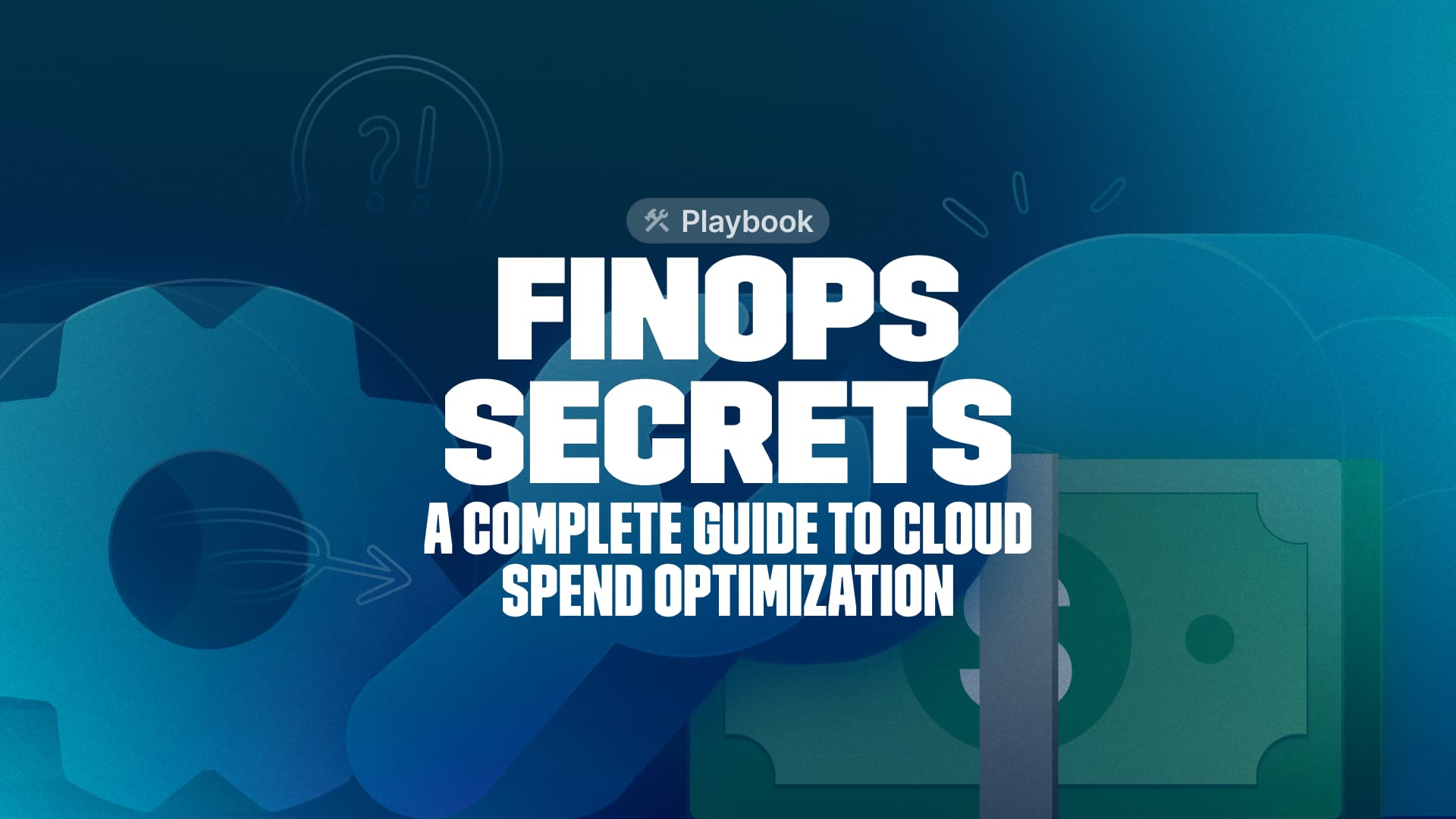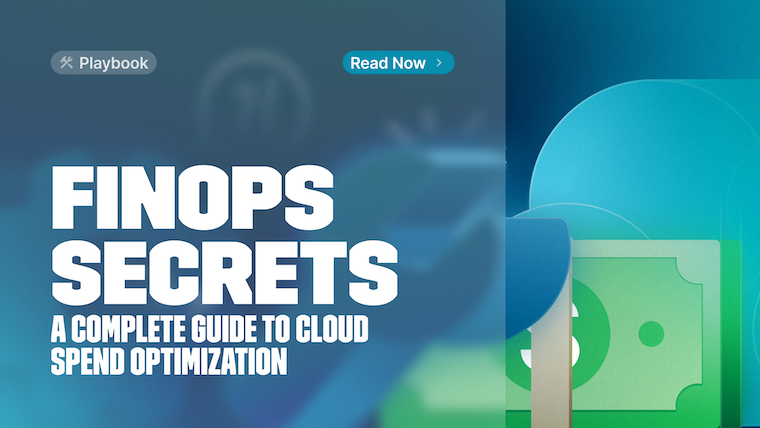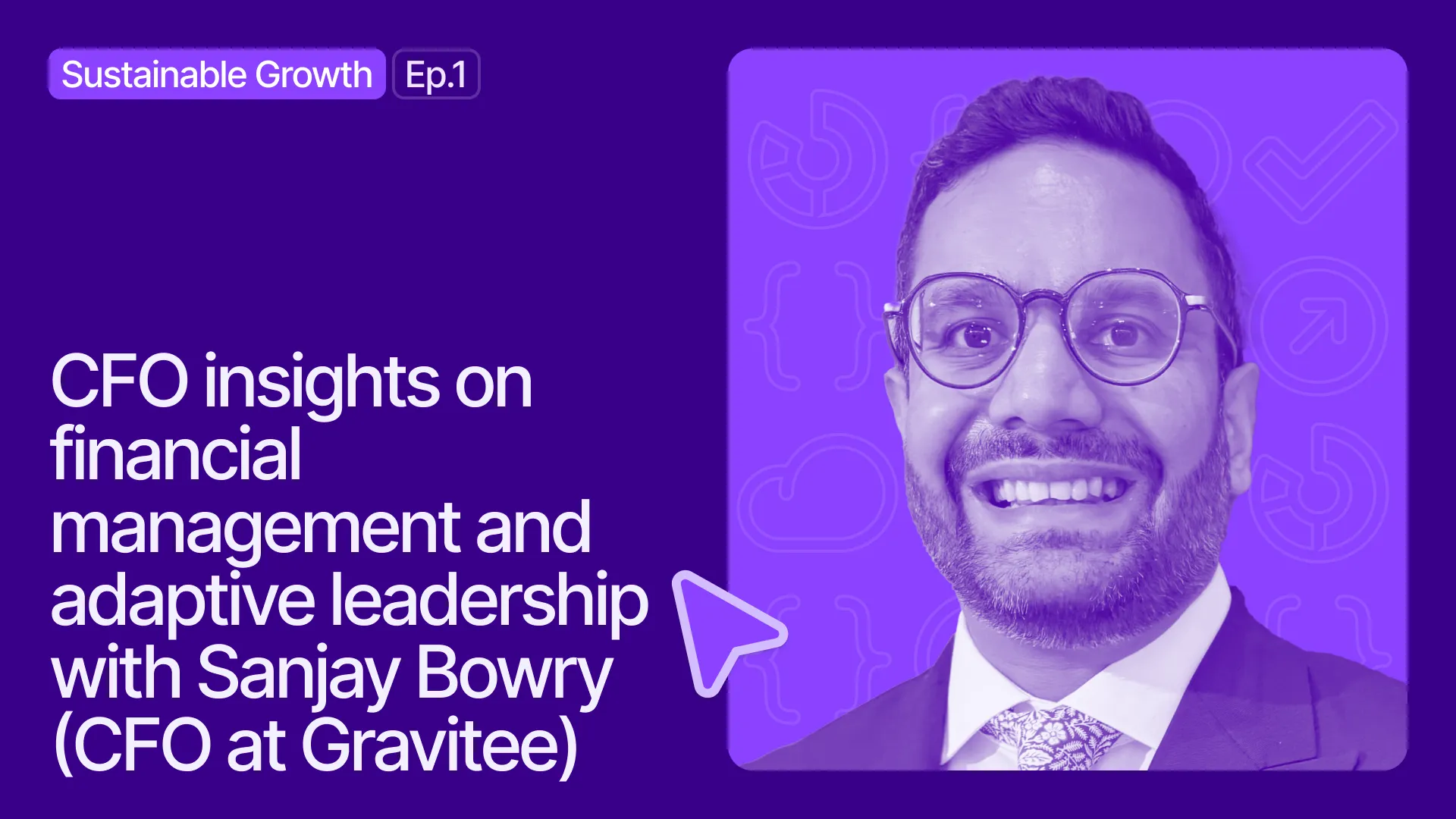5 reasons why 96% of Fortune 50 companies have a FinOps strategy

Take a self-guided tour of the platform.
See why Vertice is trusted by top procurement leaders.
Getting visibility and control of cloud spend are the top 2 priorities for finance leaders when it comes to cloud management, according to a recent Vertice survey.From tracking costs in spreadsheets to cutting headcount to investing in technology, plenty of methods have been tried and tested to varying degrees of success. Though considering the priorities are still high on a finance leader’s agenda, it’s safe to say they haven’t fixed the issues.
Enter FinOps
FinOps offers a holistic solution to cloud spend management - bringing together key skill sets from across the organization to maximize the value of the cloud for your business goals. It’s not just a one-shot approach either, it’s a cultural practice and operational framework that is designed to install long-lasting financial accountability for the cloud for everyone in the business.
Sounds great right? What’s more, this philosophical rhetoric has substance to back it up. That’s why 48 of the top 50 Fortune companies are members of the FinOps Foundation - an association for the training and advancement of FinOps. But, despite this, only 31% of companies have got a FinOps strategy off of the ground.

In our multi-part guide, we reveal how FinOps is the solution, and provide you with operational frameworks, guidance and steps to get going yourself. But first, let’s look at why FinOps works for cloud spend management:
It combines the skills of finance and engineering without re-training each other.
Both disciplines require years of education and experience to master. procedures and policies that require knowledge of both areas would be impossible. However, combining these skill sets in a collaborative approach that shares knowledge rather than requiring re-training brings everything you need to the table.
Collaboration with multiple teams and stakeholders means the whole business is bought into it.
Introducing any new working practice can encounter resistance – usually if implemented with a ‘top-down’ approach. Including stakeholders at the start, and as integral parts of the project, helps secure their buy-in early. This filters down to their teams, which spreads the overall adoption of FinOps across the business far more quickly and smoothly than if dictated to them.
It’s iterative and for the long-term.
FinOps is not a one-shot cure. Nor do you need to do everything straight away. It’s meant to be iterative and built upon. You can choose areas to focus on first to test out the basics of how FinOps works; collaboration, shared knowledge, measuring metrics etc. Once you get used to these processes and see success, you can take on larger and more complex projects using the same strategies.
It makes thinking about costs second-nature, no matter your role.
Consideration of spending and finance traditionally falls to those in finance - the guardians of the company purse. FinOps re-distributes that process so that everyone thinks about the cost implications, as well as any optimization opportunities, with every decision.
It helps keep costs front and center of decisions related to the cloud, regardless of how you interact with it or of your level of finance training. Engineering teams are a perfect example – they would usually prioritize technical aspects over financial aspects, but with FinOps they are now considering costs as a key part of their overall decision making.
It actually works.
How do we know? It’s growing in popularity. Since its inception in 2019, the FinOps Foundation now has over 5,000 companies signed up in total. And the practice is continuously improving itself, with new technical specifications and toolkits like FOCUS that are endorsed by big players like Microsoft, AWS and Google Cloud. People are investing in FinOps as a viable solution.But 69% of companies are still either yet to adopt it or don’t see the value in it, so there is still huge potential left on the table for a lot of organizations.
Get Part 1 of our guide now and get Parts 2 and 3 straight to your inbox when they are released.
.webp)


.png)
.png)

.webp)